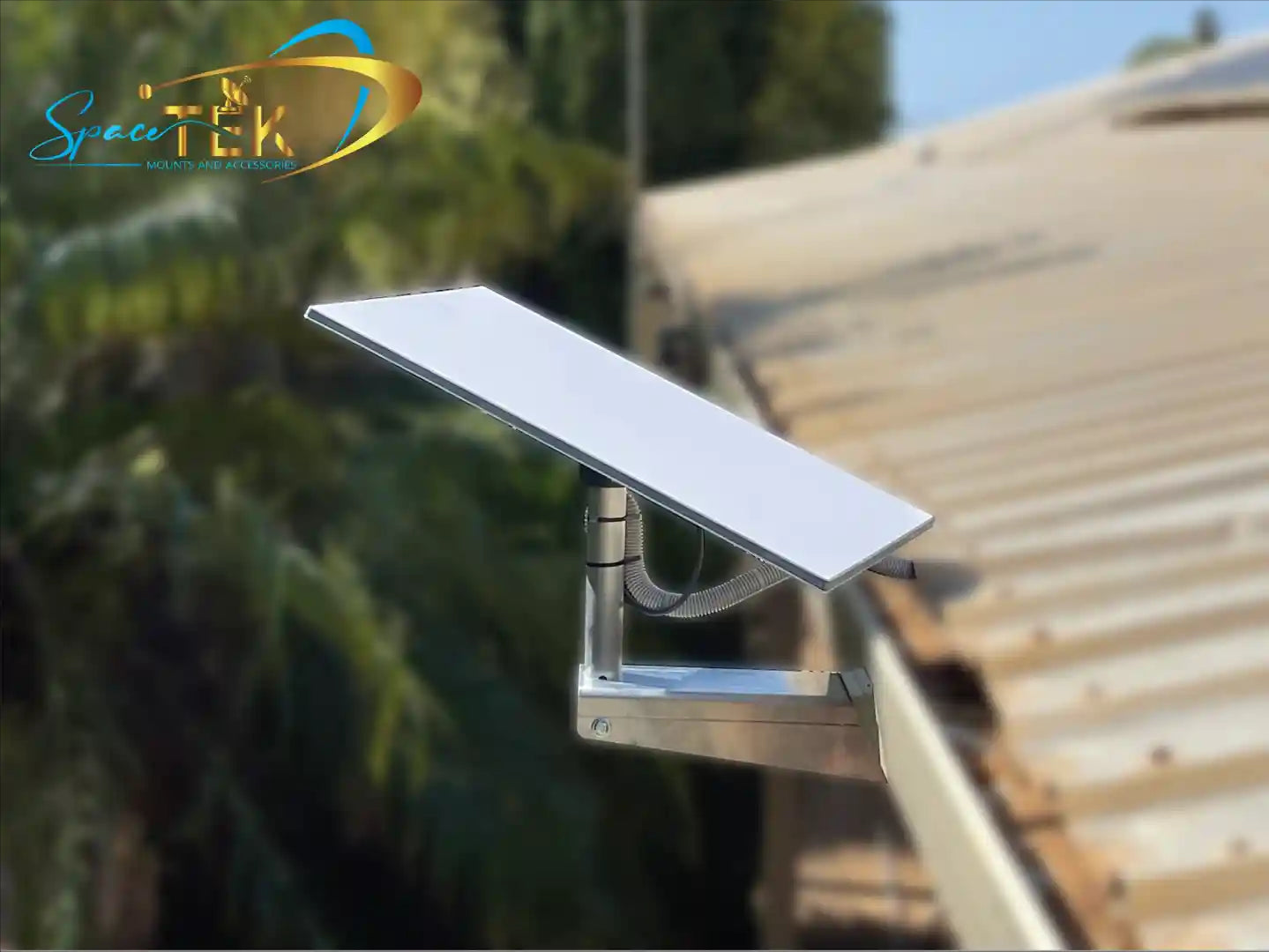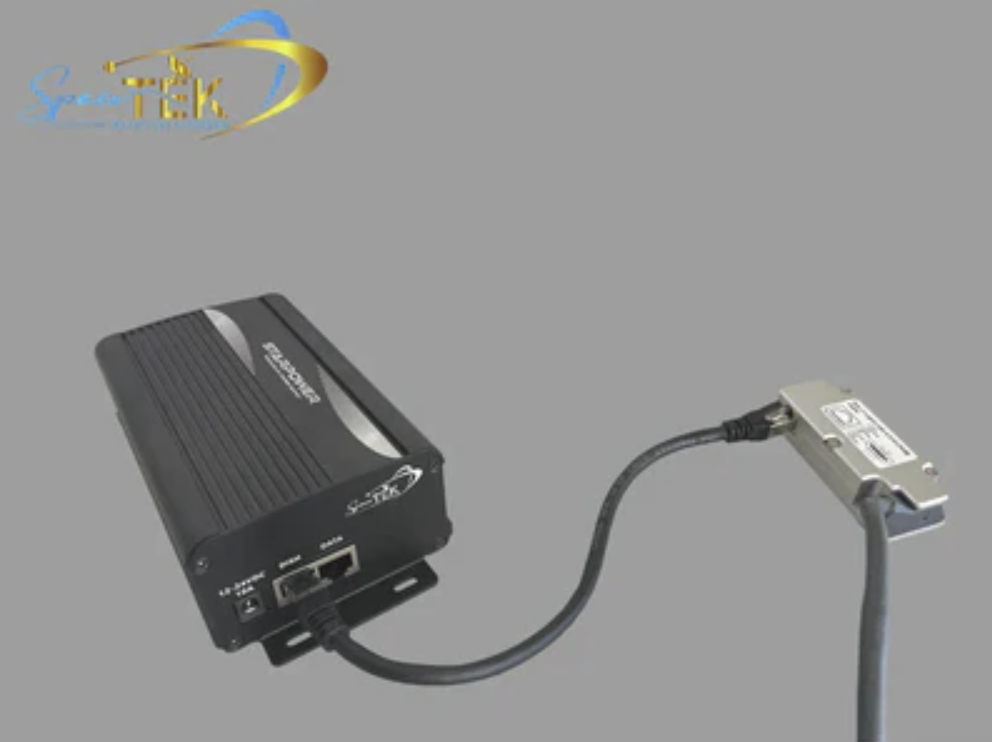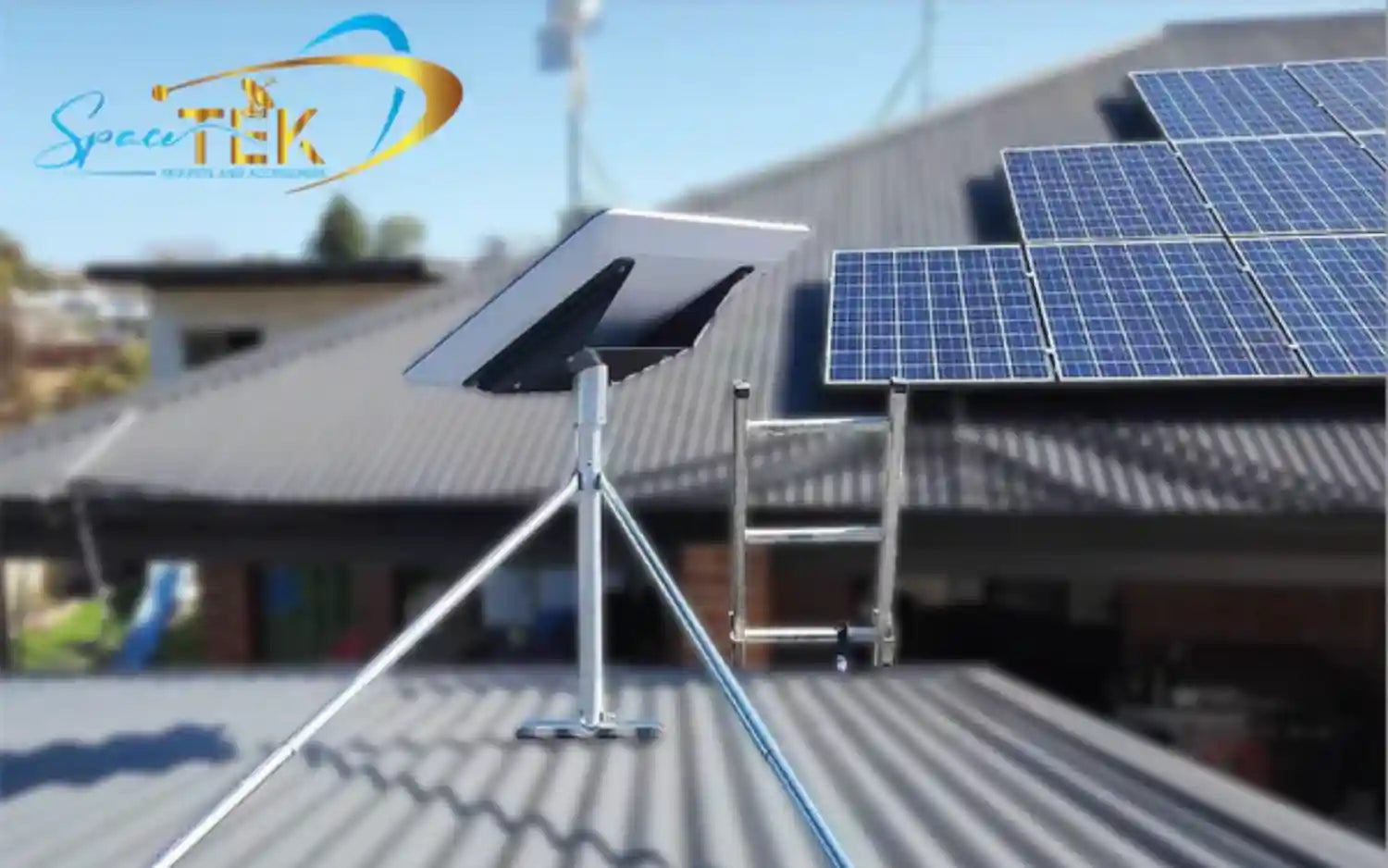Solving the Wi-Fi Dead Zone Dilemma
What is a mesh network? A mesh network is a wireless system that uses multiple interconnected nodes (or satellites) to create a single, seamless Wi-Fi network throughout your entire property, eliminating dead zones and providing consistent coverage where traditional routers fail.
Quick Answer:
- Definition: Multiple wireless nodes working together as one unified network
- Coverage: 2,000-5,500 square feet compared to 150-160 feet for traditional routers
- Speed: Can be up to 10 times faster than single routers
- Key Benefit: Eliminates dead zones through seamless device handoff between nodes
- Best For: Large homes, multi-storey properties, thick walls, outdoor coverage needs
If you've ever wandered around your home only to watch your Wi-Fi signal drop to nothing in certain rooms, you're experiencing the fundamental limitation of traditional routers. That single device sitting in your living room simply can't push a strong signal through brick walls, across multiple floors, or out to your shed where you've set up a home office.
This is where understanding what is a mesh network becomes crucial for anyone dealing with patchy internet coverage. Rural properties face particular challenges with Wi-Fi distribution due to larger spaces and building materials that block signals.
The frustration is real when you're trying to work from home or stream content, only to find yourself hunting for the one spot where your connection doesn't drop out. Traditional solutions like Wi-Fi extenders often create more problems than they solve, forcing you to manually switch between different network names as you move around.
I'm Aaron Wroblewski, and after 25 years working with remote communications and satellite systems across Australia, I've seen how crucial reliable connectivity is for rural residents. Understanding what is a mesh network has become essential knowledge for anyone looking to solve whole-home coverage challenges effectively.
What is a Mesh Network and How Does It Work?
The Core Concept: A Unified 'Cloud of Connectivity'
Picture your home Wi-Fi as a team sport rather than a solo performance. What is a mesh network? It's essentially a group of Wi-Fi devices working together like a well-coordinated team, where each player (called a node or satellite) helps pass the ball to ensure everyone gets connected.
Instead of relying on that single router sitting in your lounge room to do all the heavy lifting, a mesh network spreads the workload across multiple devices positioned throughout your property. These nodes communicate with each other constantly, creating what I like to call a "cloud of connectivity" that blankets your entire space.
The beauty of this system lies in its simplicity from your perspective. Even though there are multiple devices working behind the scenes, your phone, laptop, and smart devices see just one network with a single name (SSID). This means you can walk from your kitchen to your shed office without ever losing connection or having to manually switch networks.
This decentralised system is what makes mesh networking so powerful. When you're streaming a video in the backyard, the nearest node handles your connection. Move inside to grab a coffee, and another node seamlessly takes over without you even noticing. It's like having multiple Wi-Fi hotspots that all work together as one unified network.
Mesh vs. Traditional Wi-Fi: A Head-to-Head Comparison
To really understand why mesh networks are gaining popularity, let's compare them with the traditional options you might already know.
Traditional routers work like a lighthouse - they broadcast signal from one central point using what's called a hub-and-spoke topology. This works brilliantly if you live in a small apartment, but most Australian homes face challenges with thick brick walls, multiple levels, or simply covering the distance from the house to outdoor areas. Signal degradation is inevitable as you move further from the router, typically limiting effective coverage to about 150-160 feet indoors.
Wi-Fi extenders attempt to solve this by picking up your router's signal and rebroadcasting it. While this sounds logical, the reality is often frustrating. Most extenders create separate networks with different names, forcing you to manually switch connections as you move around. Even worse, they're essentially repeating a potentially weak signal, creating bottlenecks that can actually slow down your internet. You can learn more about these devices in our comprehensive guide on Wi-Fi repeaters.
Mesh networks take a completely different approach. Instead of extending a weak signal, they create multiple strong signals that work together. Each node acts as both a receiver and transmitter, intelligently routing data through the most efficient path. This means you get consistent speeds whether you're next to the main router or out in your workshop.
Here's how they stack up:
| Feature | Traditional Router | Wi-Fi Extender | Mesh Network |
|---|---|---|---|
| Coverage | Limited, signal degrades with distance | Extended, but often inconsistent | Extensive, seamless whole-home coverage |
| Speed | Fastest near router, slows down far away | Often reduced (repeats signal) | Consistent high speeds across coverage |
| Reliability | Single point of failure, dead zones | Can be unreliable, separate networks | Highly reliable, self-healing, unified |
| Cost | Lowest initial cost | Low to moderate | Higher initial cost, but long-term value |
The Technology Behind the Seamless Signal
The real magic happens behind the scenes, where sophisticated technology makes everything appear effortless. Understanding these concepts helps explain why mesh networks perform so much better than traditional solutions.
Dynamic routing is like having a GPS system for your data. Instead of forcing all information to take the same path, mesh networks constantly evaluate the best route for each piece of data. If one path becomes congested or a connection weakens, the system automatically finds a better route. This intelligent traffic management keeps your connection running smoothly even during peak usage times.
The self-healing capability is perhaps the most impressive feature. When a node fails or loses connection, the network doesn't panic - it simply finds alternative routes to keep data flowing. This resilience means your Netflix stream won't buffer just because one node has a temporary hiccup. Research into fault tolerance in mesh networks shows how algorithms like Shortest Path Bridging enable networks to maintain operation even when individual components fail.
Self-configuring technology makes expanding your network surprisingly simple. When you add a new node, the existing network automatically incorporates it without requiring complex manual configuration. This plug-and-play approach means you can easily add coverage to new areas as your needs change.
The backhaul connection forms the backbone of your mesh system - it's how the satellite nodes communicate with the main router and ultimately the internet. Think of it as the highway system that connects different suburbs. High-quality mesh systems often use a dedicated wireless band for this backhaul communication, ensuring that your devices' internet traffic doesn't compete with the nodes talking to each other.
Key Advantages and Potential Downsides
Like any technology, mesh networks come with both significant benefits and some considerations you should be aware of.
The elimination of dead zones is the primary reason most people switch to mesh networking. By strategically placing multiple nodes, you can achieve strong Wi-Fi coverage across areas that were previously unreachable. Quality mesh systems can cover 2,000 to 5,500 square feet or more, making them perfect for larger Australian properties.
Consistent speed and performance across your entire coverage area means no more hunting for the sweet spot where your connection actually works. Modern mesh networks can deliver speeds up to ten times faster than traditional setups in previously weak signal areas, thanks to their efficient data distribution.
Scalability offers real peace of mind. Need to cover a new extension or want Wi-Fi in the granny flat? Simply add another node. The network automatically incorporates new nodes and optimises coverage without requiring a complete system overhaul.
The reliability and redundancy built into mesh systems means fewer connection drops and more consistent performance. With multiple pathways for data and automatic failover capabilities, your network becomes much more robust than traditional single-point solutions.
However, mesh networks do come with a higher initial cost compared to basic routers. While the upfront investment is greater, many users find the improved performance and reduced frustration make it worthwhile, especially when compared to the cost and hassle of multiple extenders.
There's also potential for minimal latency increases since data might take multiple hops between nodes. For most users, this is imperceptible, but competitive gamers might still prefer a direct wired connection for the absolute lowest latency possible.
The complexity of optimal placement can require some experimentation. While setup is generally straightforward, getting the best performance often involves testing different node positions to maximise coverage and minimise interference.
For those considering mesh networking with a satellite service, it's worth comparing various third-party options to find the best choice for your specific situation.
Is a Mesh Network the Right Choice for You?
So, after learning what is a mesh network and how it works, the big question remains: do you actually need one? The honest answer depends on your specific situation – your home's layout, how you use the internet, and what you expect from your Wi-Fi performance.
Common Use Cases for Mesh Networks
Let me paint you a picture of where mesh networks truly shine. If you've got a large home or multi-storey property – anything over 200m² – you've probably experienced that frustrating walk from room to room watching your Wi-Fi bars disappear. Traditional routers just can't push a strong signal through those distances, especially when you're dealing with the thick brick or concrete walls that are so common in Australian homes.
If you're running a smart home packed with IoT devices – think smart lighting, security cameras, thermostats, and speakers – you need rock-solid connectivity in every corner. These devices are constantly chattering away on your network, and they don't appreciate dropped connections. Research shows that mesh networks are increasingly valuable for powering Internet of Things devices across all sorts of applications, from security systems to smart agriculture. In fact, a comprehensive survey on wireless mesh for IoT highlights how Bluetooth mesh networking is specifically designed to support large IoT networks.
Outdoor coverage is another game-changer. Want Wi-Fi by the pool, in your shed, or that granny flat out the back? A single router inside your house isn't going to cut it. Mesh networks can extend your connectivity well beyond your main building's walls.
For those of us in rural and remote properties – and let's face it, that's a lot of Australia – mesh networks are often the only practical way to get comprehensive Wi-Fi coverage from a single internet source like Starlink. When you've got a larger property footprint or multiple outbuildings, mesh technology becomes essential.
Even if you're always on the move, RVs and portability setups benefit enormously from mesh networks. A mesh system can extend your satellite internet signal within and around your caravan or campsite, keeping all your devices connected no matter where you park up. If this sounds like your lifestyle, you'll want to check out our range of mounts and accessories for RV and portable setups.
Final Thoughts on What is a Mesh Network
Here's the thing – deciding if a mesh network is right for you comes down to some pretty straightforward questions. Is your home larger than 200m²? Are you constantly battling brick or concrete walls that seem to swallow Wi-Fi signals whole? Do you have loads of smart devices that need reliable connectivity everywhere? Are you desperate for Wi-Fi coverage outdoors or in separate buildings? Most importantly, are you just plain tired of dead zones and patchy speeds?
If any of these ring true, then investing in a mesh network will likely transform your internet experience. It delivers the comprehensive coverage and consistent performance that traditional routers simply can't match, especially given the unique challenges of Australian homes and properties.
But here's something crucial to remember – even the most sophisticated mesh network is only as good as your primary internet connection. For many of us in regional Australia, that connection comes through Starlink. This means ensuring your Starlink dish is securely mounted and positioned for optimal signal reception is just as critical as your internal Wi-Fi distribution.
That's exactly where SpaceTek Australia comes in. We understand the unique connectivity challenges across our vast landscape, and we've built our reputation on providing custom Starlink mounting kits and accessories designed specifically for Australian conditions. Our high-quality, rust-resistant mounts are crafted from durable aluminium and carbon fibre, ensuring they're fully compatible with Starlink's self-installer kits while delivering secure and optimal dish performance.
With SpaceTek, you're not just buying a mount – you're investing in a weather-resistant foundation that ensures your entire internet setup performs reliably year after year. Australian weather can be brutal, but our mounts are built to handle whatever gets thrown at them.
Explore our full range of mounting kits and accessories to build your perfect setup and give your mesh network the solid foundation it deserves.
For optimal performance and longevity, correct installation is absolutely paramount. We take pride in providing the most secure, rust-resistant, and user-friendly Starlink mounts in Australia – all built tough for genuine Australian conditions.
Have questions about optimising your Starlink setup or integrating a mesh network? Our team of experts is here to help. Contact SpaceTek directly for expert advice – we're always happy to have a chat and point you in the right direction.




Leave a comment
This site is protected by hCaptcha and the hCaptcha Privacy Policy and Terms of Service apply.